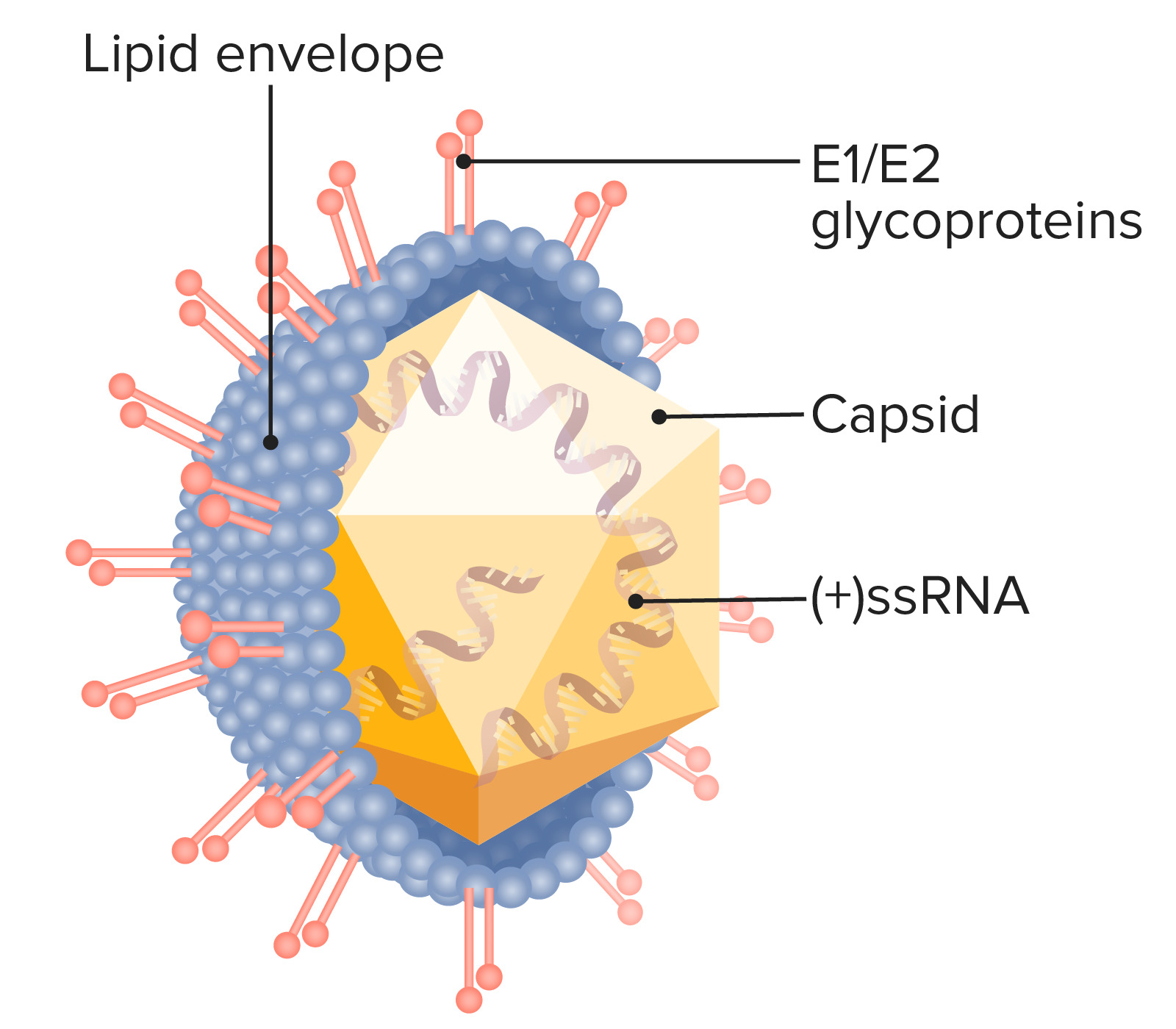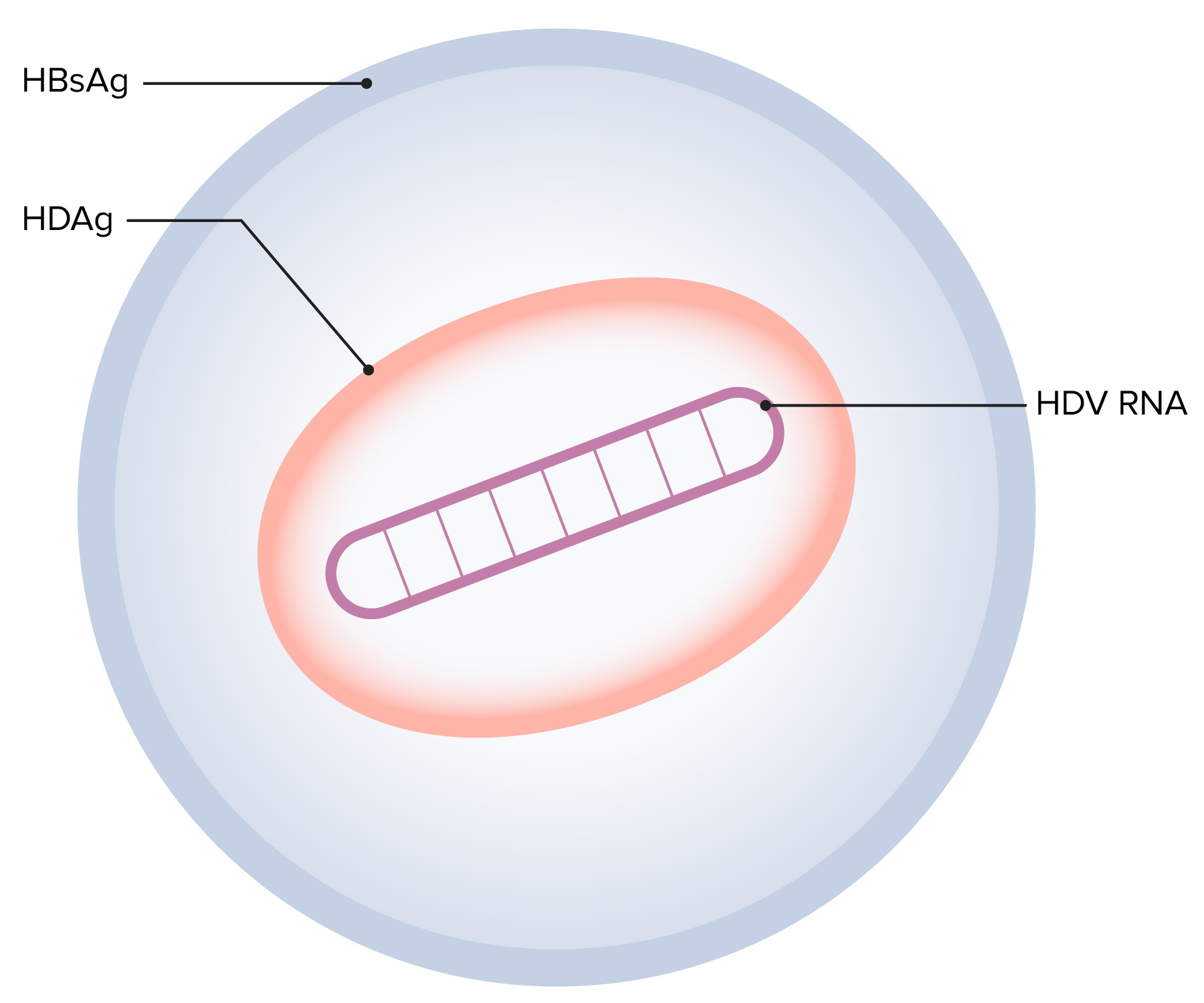Playlist
Show Playlist
Hide Playlist
Hepatitis: Signs and Symptoms
00:00 So what then are the clinical features of viral hepatitis? It should be stated at the outset that asymptomatic infections are 10 to 30x more common than symptomatic in all of them. 00:17 When they do present clinical manifestations, they are all pretty similar and just on the basis of the way they feel and on physical exam, none clearly distinguish one from the other. The onset of virtually all viral hepatitis is flu-like in about 25% where the patients may have malaise, fatigue, myalgia, arthralgia and headache. Anorexia, nausea and vomiting are also common and strangely alterations in olfaction and taste. Back in the days when so many patients used to smoke cigarettes, I was often struck by how often a patient told me that they have to stop smoking because their cigarettes did not taste right. Low-grade fever is also fairly common but I want to emphasize that it is low grade. In other words, if you have a severely jaundice patient you think has hepatitis but their temperature is say 39, think again. 01:27 That's not very common in viral hepatitis. The low-grade fever, if it occurs, is more common in hepatitis A and E than it is in B or C. Many of them will have dark urine and clay-colored stools for 1 to 5 days before the jaundice and that's because there is some back-up of bile production in the liver and many patients never become jaundiced even though they had some of the other symptoms. Many will have right upper quadrant tenderness which is in keeping with swelling of the liver and stretching of Glisson's capsule. Splenomegaly and cervical lymphadenopathy are found in about 10 to 20%. So let's now talk about fulminant hepatitis. 02:22 I mean, where it's life threatening. It would be defined as severe liver failure within 8 weeks of the onset of symptoms. This is seen primarily with these 2 viruses, hepatitis B or the combination of B and D. In fact, that's the leading cause in Japan and France of fulminant hepatitis. It's also common to occur in patients who already have chronic hepatitis due to hepatitis C. So if they get hepatitis B plus or minus hepatitis D and they already have hepatitis C, they're in trouble. Hepatitis A is generally a pretty benign disease. Most of us, as we mention, never even knew they had the disease but if it does cause fulminant hepatitis, it is in older patients unless a person already has hepatitis C and is sort of incubating a severe liver infection already. Hepatitis E actually is the leading cause of fulminant hepatitis in India, although it's much more common in women than in men and remember that 20% of pregnant women who get hepatitis E develop fulminant hepatitis. So how does that act? Well, someone with fulminant hepatitis is going to have hepatic encephalopathy. In other words, they're not going to be able to process ammonia and other important chemicals that need to be disposed off by the liver. Instead of liver getting large, the liver shrinks because of the widespread destruction of liver cells. Many of the patients will develop ascites related to low albumin production and therefore peripheral edema. Their bilirubin will be sky high and if someone is in deep coma when they present with fulminant hepatitis, their mortality is more than 80%. 04:47 On the good side, if a patient survives fulminant hepatitis, they generally have a complete recovery with the possible exception of patients who also have chronic hepatitis B and C. 05:01 Important pearl, hepatitis A does not cause chronic hepatitis. Now, it may cause prolonged hepatocellular necrosis and inflammation but not for 6 months. That is hepatitis B, C and hepatitis B associated hepatitis D and hepatitis E. So hepatitis A does not cause chronic hepatitis. Hepatitis E only causes chronic hepatitis in someone who is immunosuppressed and remember it's the immune system that attacks the infected liver cells and removes them and if you're immunosuppressed that may not happen. Let's talk now about chronic hepatitis B. This is a highly replicative infection. We're talking about greater than 10⁵ to 10⁶ IU/mL and they have a greater risk to transmit the infection by needlestick and they have a greater risk to develop hepatocellular carcinoma. More than 90% of newborns of mothers with chronic hepatitis B get chronic hepatitis. Fewer than 1% of immunocompetent adults with clinically apparent hepatitis B get chronic hepatitis B. The symptoms of chronic hepatitis B are from no symptoms at all to severe debilitating and life-threatening liver problems and furthermore it may be complicated by extrahepatic manifestations such as vasculitis, arthritis and even glomerulonephritis. The histology can vary from no necrosis at all to cirrhosis. Chronic hepatitis C occurs more often in men than women, in blacks than whites and it's more often anicteric, no jaundice more than it is jaundice. Certain individuals, based on their HLA type, are more predisposed to get hepatitis C and not unexpectedly immunocompromised persons are more likely to get chronic hepatitis C. In chronic hepatitis C, the histologic features are the best predictors of the disease progression. So that would mean that mild inflammation and mild fibrosis is making the patient less likely to develop frank cirrhosis and the level of virus in the bloodstream and the hepatitis C genotype do not correlate with whether it's going to progress to cirrhosis. Symptoms early are none. Later, probably nothing more than fatigue. On physical exam, most of them will have evidence of hypersplenism meaning that the spleen plucks out platelets and white cells leading to low counts and there are extrahepatic manifestations of hepatitis C such as cryoglobulinemia. Now chronic hepatitis E occurs most commonly in immunocompromised patients especially organ transplant recipients or HIV-infected patients and most commonly it's genotype 3 and the symptoms, signs and histopathology are similar to the other forms of chronic hepatitis. Interestingly, most patients are not jaundiced and the liver tests are only modestly abnormal. So what are the manifestations outside the liver in these chronic forms of hepatitis? Well, first there's glomerulonephritis and cryoglobulinemia, Guillain-Barré syndrome, Bell's palsy or peripheral neuropathy, even worse transverse myolitis or acute meningoencephalitis.
About the Lecture
The lecture Hepatitis: Signs and Symptoms by John Fisher, MD is from the course Gastrointestinal Infections.
Included Quiz Questions
Which hepatitis infection is most likely to have the extra-hepatic manifestation of Bell's palsy?
- Hepatitis E
- Hepatitis A
- Hepatitis B
- Hepatitis C
- Hepatitis D
Which hepatitis virus never causes chronic hepatitis in otherwise healthy people?
- Hepatitis A
- Hepatitis B
- Hepatitis C
- Hepatitis D
- All viral hepatitis infections have the potential to become chronic.
Which of the following is NOT a typical manifestation of hepatitis A infection?
- Dark tarry stools
- Dark urine
- Low-grade fever
- Fatigue
- Jaundice
What is the most common clinical manifestation of hepatitis B?
- The majority of patients with hepatitis B infection are asymptomatic.
- Dark urine
- Pale stool
- Fatigue
- Jaundice
Which of the following hepatitis viruses has the highest risk of transmission during needlestick injury?
- Hepatitis B
- Hepatitis A
- Hepatitis C
- Hepatitis D
- Hepatitis E
Which of the following is the MOST ACCURATE predictor of disease progression in hepatitis C?
- Histology
- Bilirubin level
- Renal function
- Presence of cryoglobulinemia
- Viral load
Customer reviews
5,0 of 5 stars
| 5 Stars |
|
5 |
| 4 Stars |
|
0 |
| 3 Stars |
|
0 |
| 2 Stars |
|
0 |
| 1 Star |
|
0 |








